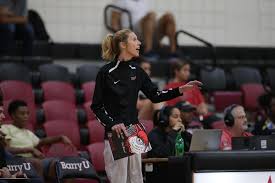

By Brianna Finch, Assistant Women’s Basketball Coach Boston University. She shares her approach to Practice Design and Planning through her experience in college basketball.
If “practice makes perfect” or “perfect practice makes perfect”, then why are games exceedingly imperfect? As coaches and players, is our goal to have a perfect practice, or is it to improve game performance? Most of us would agree that the goal is to improve game performance. Therefore, in order to achieve this improvement, we must begin by examining the practice environment and how we can best support the opportunity for skill improvement that most closely resembles game-like situations and increases transferability.
The learning environment we create should focus on long-term improvement versus immediate results. If we choose to script every scenario, action, or decision for players; the team/player may find short-term success in running “the play” and getting from point A to B. However, when the defense adjusts to the patterns and takes away options; where does that leave our players?
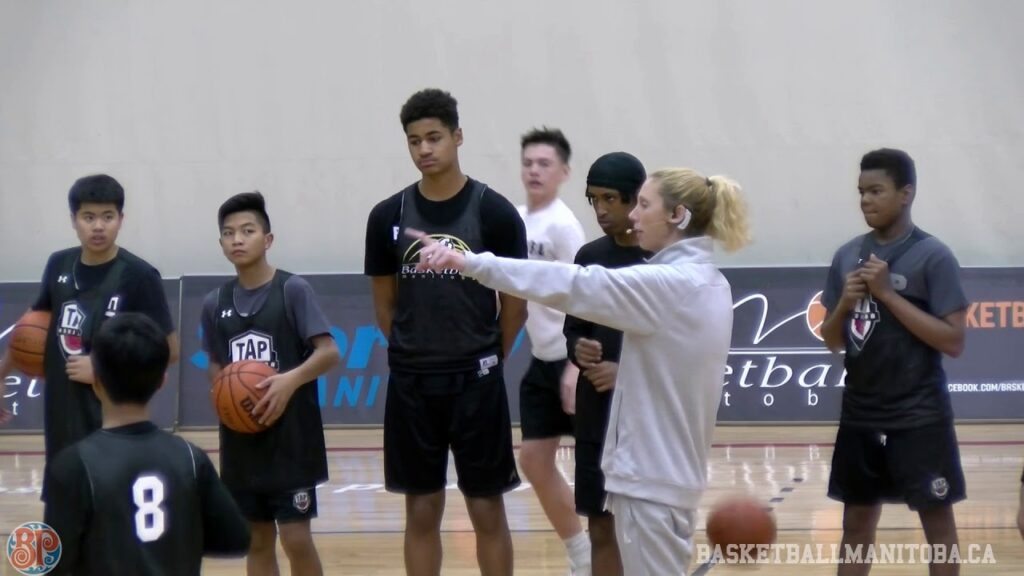
To create a practice environment that supports long-term development and improvement, our goal is to improve the players’ ability to self-organize and have a great self-awareness of themselves, their teammates, and the environment. Our roles as coaches almost become that of Environmental Architects. Designing the practice environment that best creates these opportunities for our players is our goal. As Environmental Architects we should examine the following:
With a better understanding of what the practice environment should look like, how do we go about planning and designing practice? We must start with understanding the four types of practice: constant, variable, random, and block. Constant practice involves one version of a skill; whereas variable practice incorporates several versions of one skill. For example, constant practice is when players shoot only free throws, whereas shooting from various distances is variable practice. Block practice is the practice of a set of one skill followed by a set of a second skill. Whereas, the random practice involves multiple skills interweaved together. The tables below give further examples of the differences between constant versus variable; and random versus block.
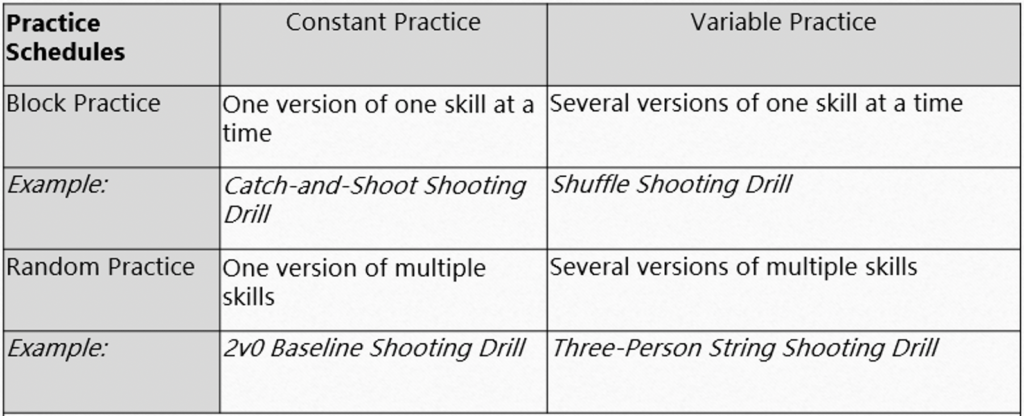
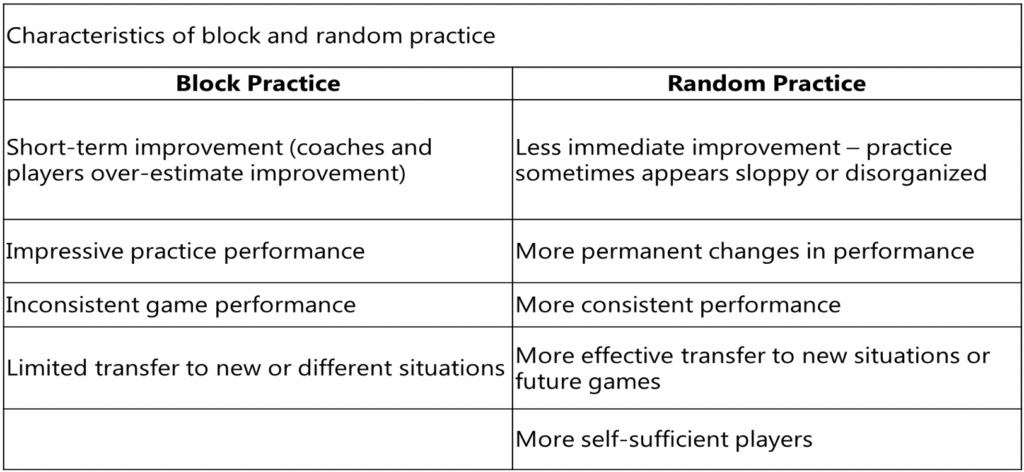
When choosing the drills or games to use in practice; it’s important to remember that not all drills are created equal. Some questions that important to think about when choosing a drill:
Additionally, one way to further identify the best drill or game to improve performance is to start with the PROBLEM and work backward. If our players struggle to complete passes versus pressure and turn the ball over, and we choose to do a 3-man weave drill to work on our passing, we are not addressing the problem and our skill will not improve, which means our game performance will not improve and we will continue to turn the ball over. Our goal is to manipulate the constraints to practice the skill. For example, perhaps we play 3v3 in the half-court with no dribble. Therefore the defense can pressure the offense without worrying about getting beat and the offense must handle this pressure while working to complete passes to their teammates in order to get open shots and scoring opportunities. Once we’ve manipulated the constraints to practice the skill, our next layer is to increase or decrease the complexity, based on our players’ needs and awareness.
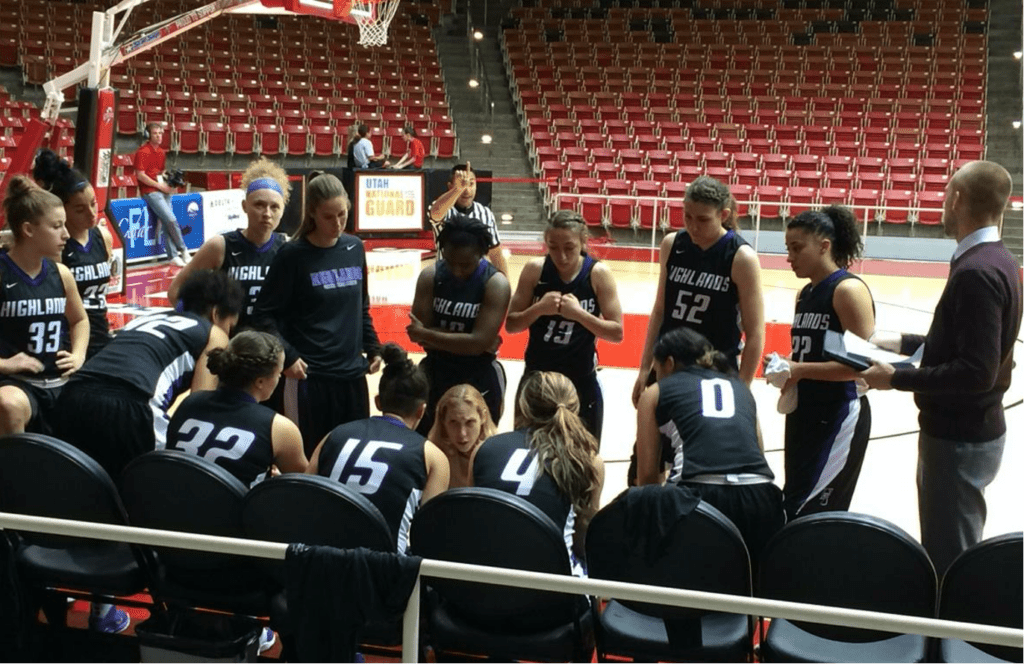
The use of Small-Sided Games (SSG), and manipulation games has been shown to provide the greatest and best opportunity for players to have transferred from practice to game transfer. SSGs give players extensive opportunities for coupling between their actions and information sources. Additionally, this environment creates more opportunities for unstable situations, for which players can work to stabilize, offensively or defensively. Some of the other benefits to using SSGs are:
For individual players, the goal is to continue to push beyond their comfort zone in order to expand their skill set, improve performance, and continue to gain confidence. Daniel Coyle has described three zones of practice: Comfort zone, thrash zone, and sweet spot.
Comfort zone is perfect practice: The athlete operates within their current abilities. This is the training environment, the refinement of existing actions. In the thrash zone, the athlete fails more than half of the time, and success may be attributed to luck. Finally, the sweet spot, athletes succeed 60% to 80% of the time.
Before players reach the comfort zone, when they are successful 60-70% of the time, the coach should increase the complexity by adding variability, adding defenders, or practicing with other skills. The majority of practice should occur in the sweet spot.
Remember, the ultimate goal is to improve game performance, both for the individual player and the team. We must create the learning environment that best addresses the needs and solutions to the problems that may be hindering this improvement. When we identify and consistently operate in this environment, practice transfer and game performance will improve.
A lot of interesting ideas on Practice Design and Planning, and how to become better at it. Thanks, Coach Finch! Keep sharing the game!
Twitter: @WBBCoachFinch
Related Posts
Jenaro Díaz breaks down in detail, in a series of chapters, all the aspects of Australia’s game that have made
